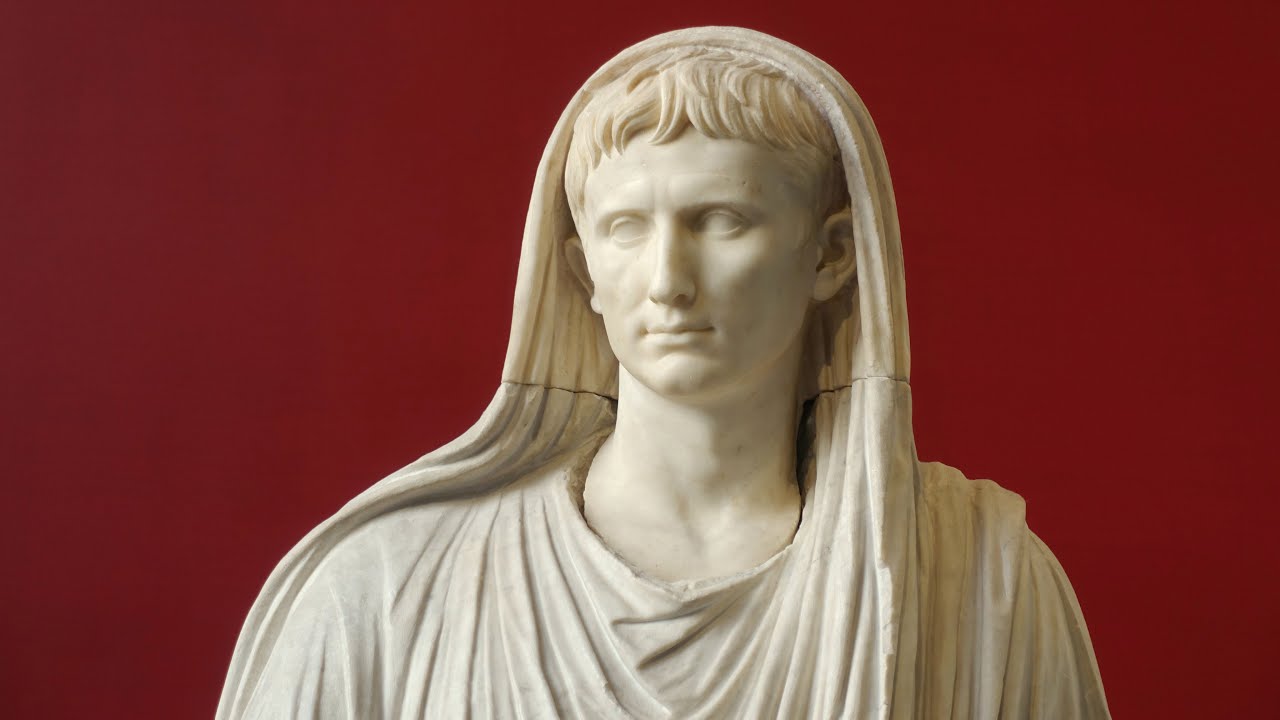Art of the Florentine Renaissance
Summary
TLDRIn this episode, Rick Steves explores the Florentine Renaissance, highlighting its artistic explosion from 1400 to 1600. The documentary focuses on key figures like Lorenzo Ghiberti, Filippo Brunelleschi, Donatello, Leonardo da Vinci, Raphael, and Michelangelo, showcasing their groundbreaking contributions in art, architecture, and humanism. The film emphasizes how the Renaissance transformed Europe, fostering a new optimism, civic pride, and a focus on individual potential. With stunning visual depictions of masterpieces like the 'Mona Lisa' and Michelangelo's 'David,' the narrative invites viewers to appreciate the profound impact of this cultural movement that reshaped Western civilization.
Takeaways
- 🎨 The Florentine Renaissance marked a cultural rebirth in Europe from roughly 1400 to 1600, emphasizing art, learning, and humanism.
- 🏛️ Florence was the epicenter of the Renaissance, where economic prosperity allowed for significant investment in art and architecture.
- 🖼️ Humanism shifted the focus from sinfulness to human potential, celebrating real-life individuals in art and culture.
- 👨🎨 Ghiberti's innovative doors for the baptistery demonstrated the use of perspective, creating a three-dimensional illusion on a two-dimensional surface.
- ⛪ Brunelleschi designed the largest dome in a thousand years for Florence's cathedral, showcasing the marriage of art and science.
- 🗿 Donatello's sculptures, like his bronze David, were groundbreaking for their realism and emotional depth, paving the way for modern sculpture.
- 🌊 Botticelli's works, such as 'Birth of Venus', captured the spirit of the Renaissance through themes of beauty and nature.
- 👑 The High Renaissance saw the emergence of master artists like Leonardo da Vinci, Michelangelo, and Raphael, who elevated art to new heights.
- 📜 Leonardo's 'Mona Lisa' exemplifies Renaissance ideals through its realism, humanism, and use of sfumato for depth.
- ⛪ Michelangelo's contributions, including the Sistine Chapel, reflected the grandeur of the Renaissance, merging artistic skill with religious devotion.
Q & A
What was the Renaissance, and why is it significant?
-The Renaissance was a cultural movement that occurred in Europe from roughly 1400 to 1600, marked by a revival of interest in the art, philosophy, and scientific achievements of ancient Greece and Rome. It is significant because it laid the foundation for modern Western civilization by promoting humanism, artistic innovation, and advancements in various fields.
Who are some of the key figures of the Florentine Renaissance mentioned in the video?
-Key figures of the Florentine Renaissance include Lorenzo Ghiberti, Filippo Brunelleschi, Donatello, Leonardo da Vinci, Raphael, and Michelangelo, each contributing significantly to the evolution of art and culture during this period.
How did humanism influence Renaissance art and society?
-Humanism shifted the focus from the sinfulness of humanity, as emphasized in the Middle Ages, to the inherent goodness of people. This led to realistic portrayals of individuals in art, a growing interest in the natural world, and the emergence of modern democratic ideals, ultimately fostering a culture of creativity and excellence.
What was the significance of Ghiberti's work on the baptistery doors?
-Ghiberti's work on the baptistery doors was revolutionary due to its use of perspective, creating a three-dimensional effect on a two-dimensional surface. His panels combined artistry and mathematics, making them a critical milestone in the evolution of Renaissance art.
What architectural achievement did Brunelleschi accomplish in Florence?
-Brunelleschi completed the dome of the Florence Cathedral, which was the largest dome in the world at that time. His innovative design and engineering techniques represented a significant advancement in architecture.
In what ways did Donatello innovate sculpture during the Renaissance?
-Donatello brought unprecedented realism and emotion to his sculptures, creating figures that appeared lifelike. His work included the first freestanding nude sculpture in Europe in a thousand years, marking a shift in how human form was represented in art.
How did Botticelli's work reflect the ideals of the Renaissance?
-Botticelli's paintings, such as 'The Birth of Venus,' embodied the Renaissance ideals of beauty, harmony, and humanism. His use of idealized forms and balanced compositions captured the optimistic spirit of the era.
What characterized Leonardo da Vinci's approach to art?
-Leonardo da Vinci was known for his integration of art and science, employing techniques such as sfumato and atmospheric perspective to create depth and realism. His artworks often reflected a deep understanding of anatomy and emotion, exemplified in pieces like 'The Last Supper' and 'Mona Lisa.'
What impact did Raphael have on Renaissance painting?
-Raphael became a master of High Renaissance painting, known for his ability to blend the grace of Leonardo with the power of Florentine sculpture. His works, like the 'School of Athens,' celebrated classical themes and showcased his mastery of composition and perspective.
What themes did Michelangelo explore in his art?
-Michelangelo explored themes of human emotion and divinity in his work. His sculptures and paintings, such as 'David' and the Sistine Chapel ceiling, reflect his belief that art should be a unique personal expression and a celebration of the human form.
Outlines

Cette section est réservée aux utilisateurs payants. Améliorez votre compte pour accéder à cette section.
Améliorer maintenantMindmap

Cette section est réservée aux utilisateurs payants. Améliorez votre compte pour accéder à cette section.
Améliorer maintenantKeywords

Cette section est réservée aux utilisateurs payants. Améliorez votre compte pour accéder à cette section.
Améliorer maintenantHighlights

Cette section est réservée aux utilisateurs payants. Améliorez votre compte pour accéder à cette section.
Améliorer maintenantTranscripts

Cette section est réservée aux utilisateurs payants. Améliorez votre compte pour accéder à cette section.
Améliorer maintenant5.0 / 5 (0 votes)






